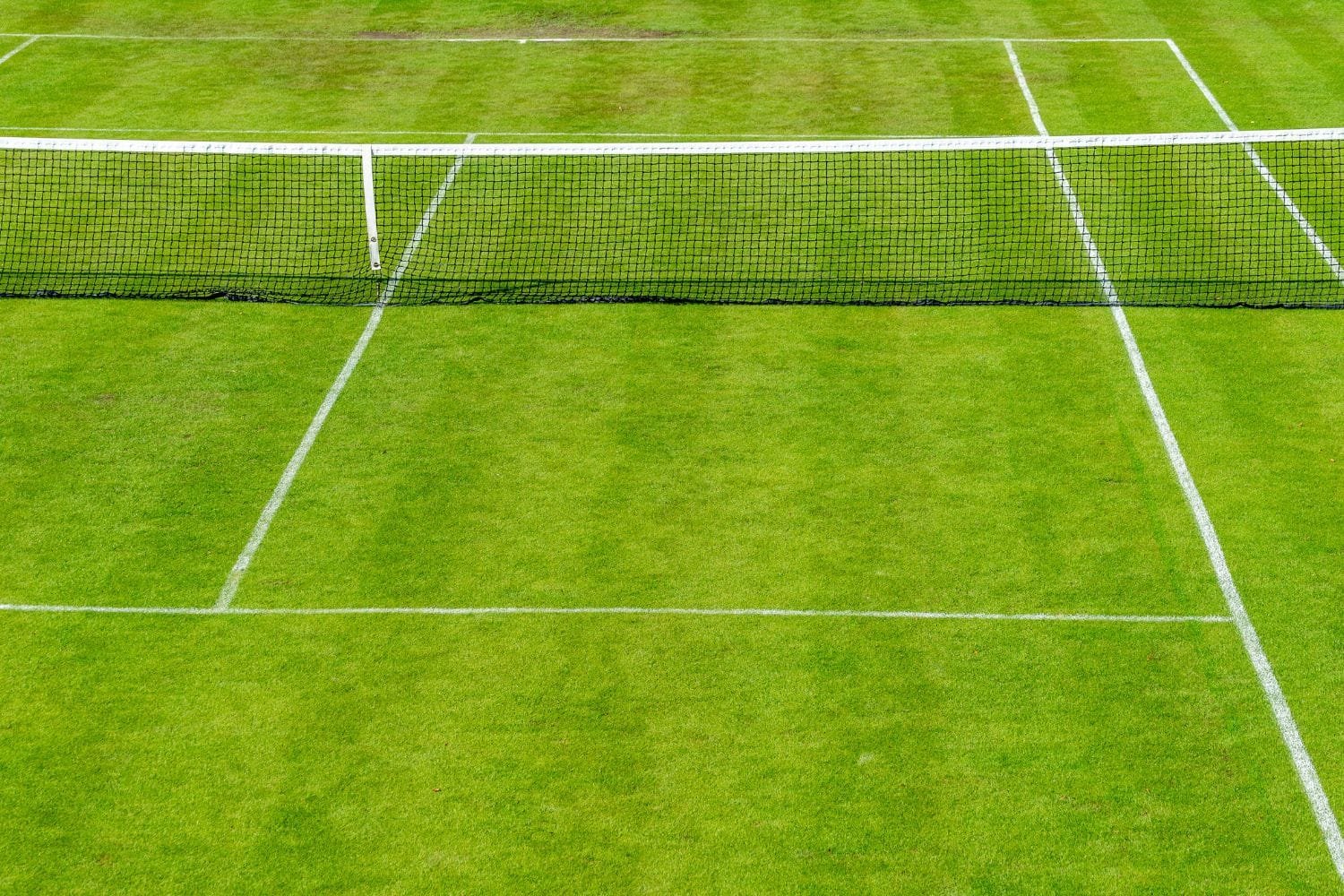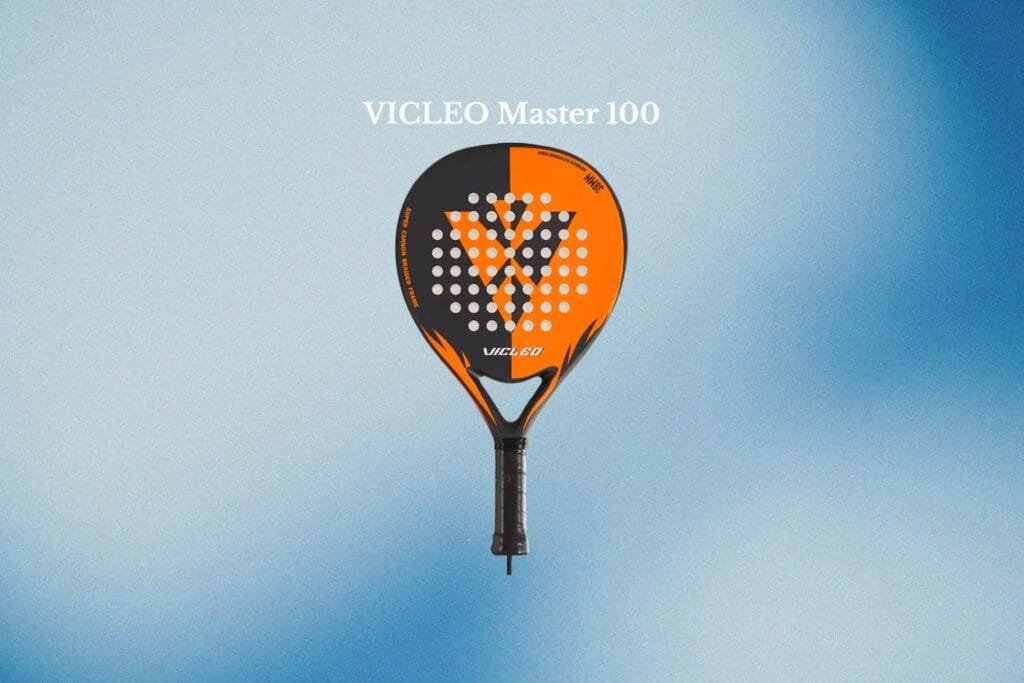
Padel’s meteoric rise across Europe and beyond isn’t just about gameplay, it’s also about the infrastructure that makes it happen. At the heart of every great match is a thoughtfully engineered court. From urban rooftops to state-of-the-art clubs, padel court design plays a major role in player experience, safety, and even the pace of the game.
In this article, we explore how padel court design has evolved, looking at the essential dimensions, modern materials, and exciting innovations shaping the future of the sport.
1. Dimensions: The Foundation of Every Padel Court
Standardised dimensions are what ensure a consistent experience across venues worldwide. In padel court design, the official dimensions are 20 meters long by 10 meters wide, enclosed by glass and mesh walls. The court is divided into two sides by a net, with each side measuring 10 by 10 meters.
Each service box is 4.8 meters deep and 6.95 meters wide, with a 0.2-meter centre service line and a short diagonal service line. These exact measurements allow for the signature quick exchanges and wall-based play that define padel.
Consistency in padel court design ensures players can transition from one facility to another without needing to adapt to changes in size or layout.
2. Wall Materials: Glass Is the Gold Standard
One of the most iconic elements of padel court design is the use of glass walls. These transparent walls, typically made from 10 to 12 mm tempered glass, provide rebound surfaces while maintaining spectator visibility and an open-air feel.
Glass isn’t just for aesthetics, it’s functional. The ball can rebound off these walls, creating dynamic points and longer rallies. Durability and shock resistance are essential considerations in padel court design, especially for high-level tournaments or heavily used public courts.
3. Flooring: Artificial Turf Takes the Lead
When it comes to the playing surface, padel court design has largely settled on artificial turf. This surface offers consistent bounce, solid footing, and reduced joint impact, which is essential for injury prevention.
The turf is typically filled with sand to regulate speed and traction. Some courts use silica sand for more grip, while others opt for finer sand for a faster game. The type of turf and infill used can dramatically alter how the game feels, one of the more nuanced aspects of padel court design.
4. Lighting: Optimising Visibility and Playability
Lighting is often overlooked, but it’s a crucial component of modern phttps://ipadel.co.uk/Court-Info/Advantage-Padel/3291/adel court design. Outdoor courts require weather-resistant LED systems, while indoor courts need high-intensity, shadow-free setups.
Proper lighting ensures the ball is always visible, especially during fast exchanges. Energy-efficient and well-positioned lights not only reduce costs but also improve gameplay quality, especially in competitive settings.
5. Fencing and Mesh: Safety and Containment
The metallic mesh that surrounds the court plays a dual role in padel court design: keeping the ball in play and ensuring player safety. It’s typically constructed from galvanised steel and powder-coated to resist weather damage.
Fencing should be firm enough to withstand impact but designed with safety in mind. Smooth edges and rounded connections are critical in preventing injuries.
6. Innovations in Padel Court Design
Modern padel court design is not standing still. Innovations are constantly emerging, from smart lighting and court sensors to sound-dampening walls and modular flooring systems.
Some clubs are experimenting with mobile or temporary padel courts that can be set up in event spaces or malls. Others are integrating technology to record matches, track performance, and even enable remote coaching. These enhancements are pushing padel court design into a new era, one where experience and data blend seamlessly.
7. Indoor vs. Outdoor: Design Challenges
While the basic structure remains the same, padel court design for indoor spaces must account for ceiling height, ventilation, and acoustic treatment. Outdoor courts, on the other hand, must be weather-resistant, with drainage systems and UV-protected materials.
Choosing between indoor and outdoor padel court design depends on climate, space availability, and usage expectations. However, more facilities are now building hybrid spaces with retractable roofs, offering year-round play.
8. Sustainability in Padel Court Design
As environmental concerns grow, eco-friendly padel court design is gaining attention. Recycled turf, solar-powered lighting, and water-saving maintenance systems are becoming more common.
Designers are now looking for ways to reduce carbon footprints without compromising durability or gameplay quality. This evolution is not just good for the planet, it also appeals to clubs and players who value sustainability.
9. Customisation and Branding
Clubs and brands are investing in customised padel court design to differentiate themselves. From branded glass walls to colour-themed turf, courts can now reflect a facility’s identity.
This level of personalisation enhances the player and spectator experience while offering marketing opportunities. In elite venues, even the court’s acoustics and lighting hue are tailored to create a unique atmosphere.
Final Thoughts
Behind every exciting padel match is a carefully constructed environment. From its precise dimensions to innovative materials, padel court design is a blend of science, safety, and aesthetics. Whether you’re building a backyard court or managing a professional facility, understanding the principles of modern padel court design is key to delivering a great playing experience.
As the sport continues to grow, so too will the technologies and ideas shaping the future of padel court design. One thing is clear: the court is more than just a stage; it’s a silent player in every match.



